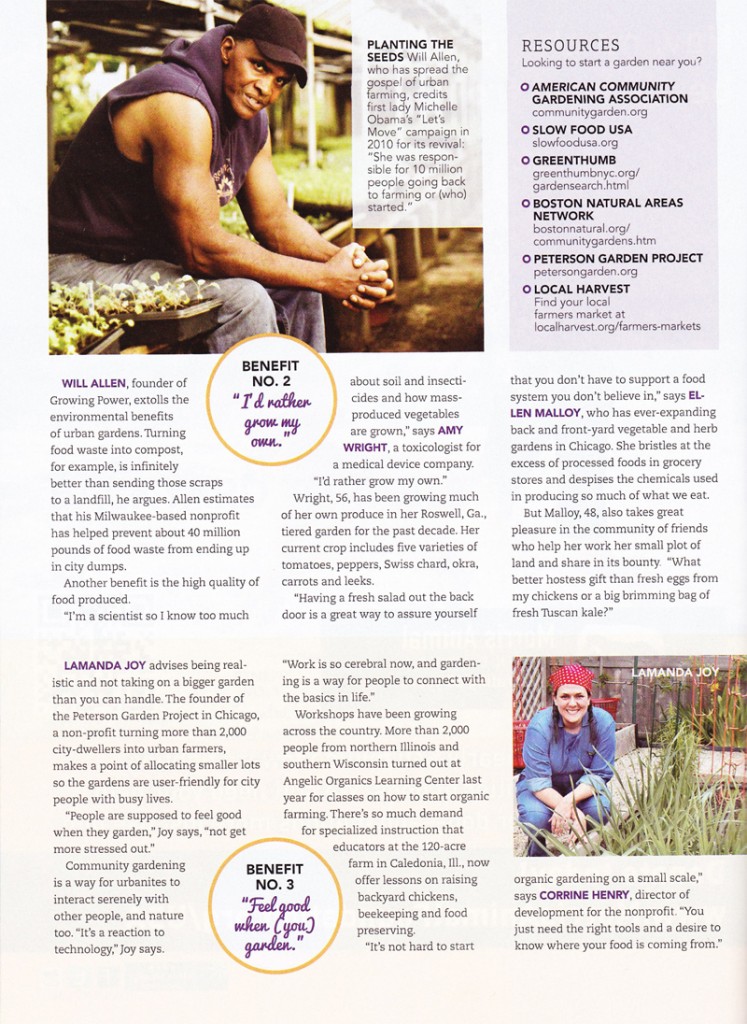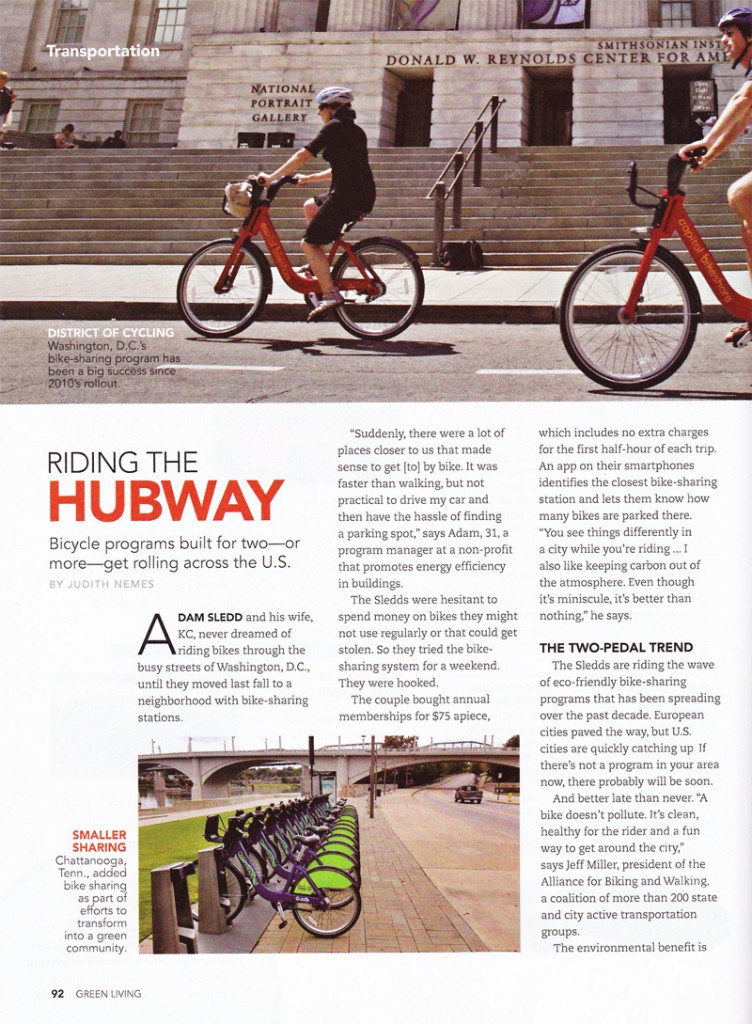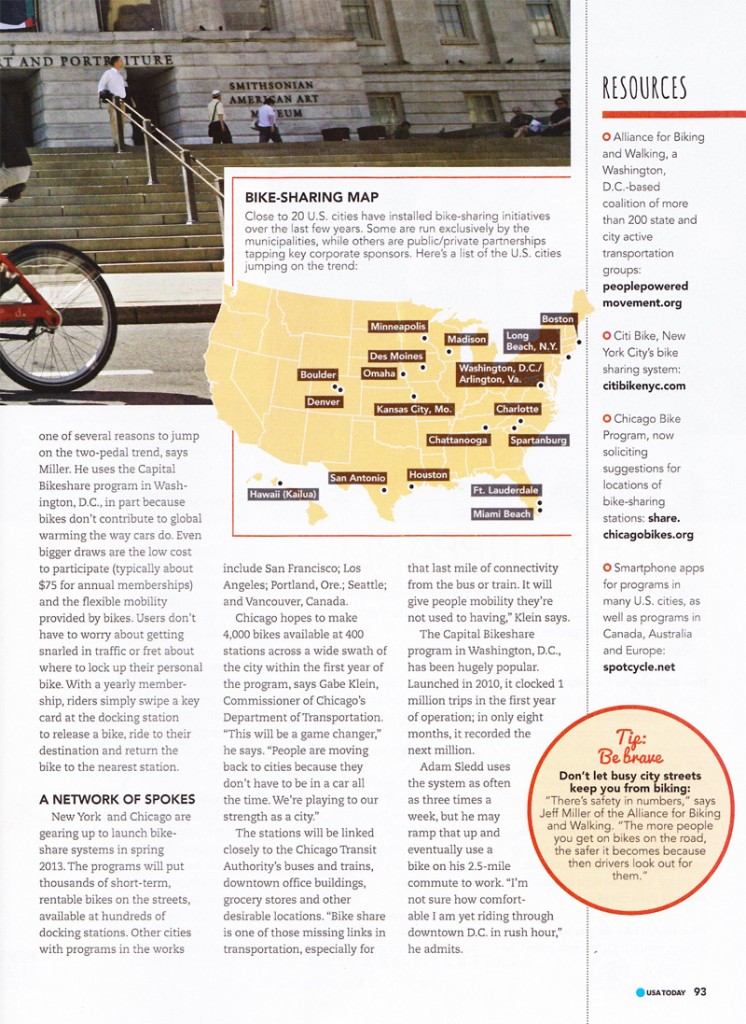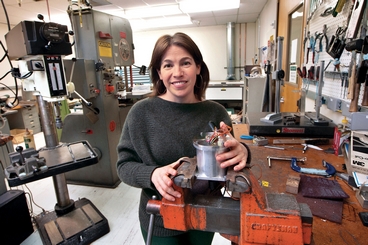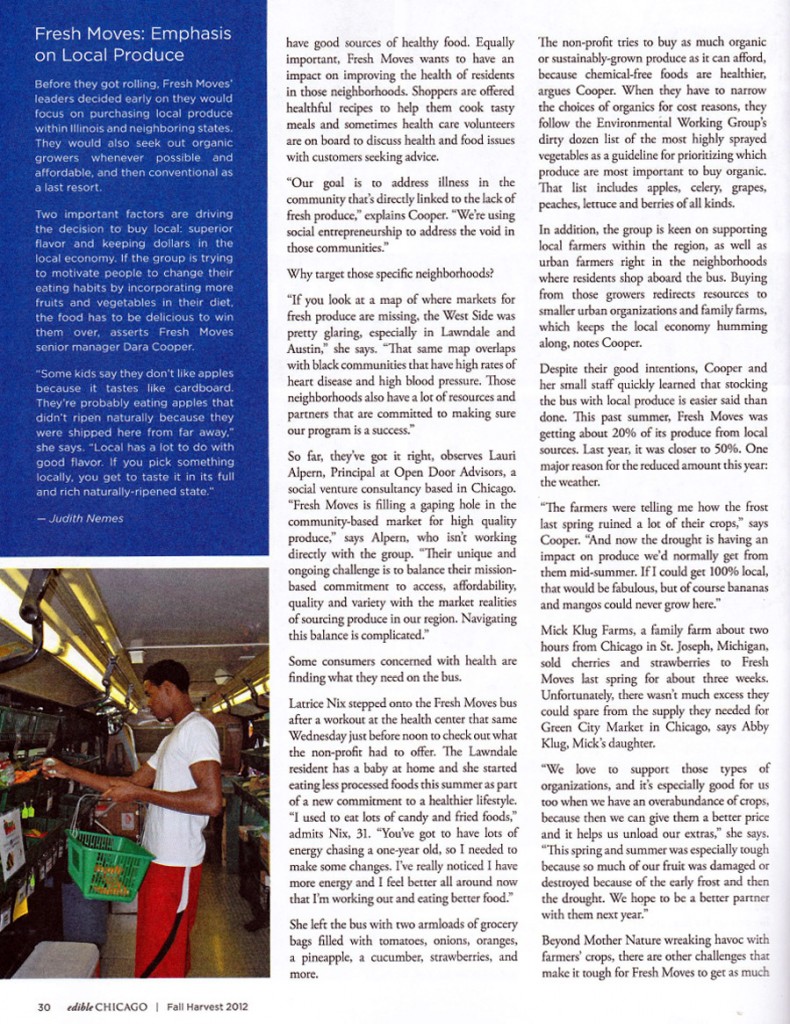Published on GreenBiz.com on March 05, 2013

Puma has been on a steady path to greater sustainability for years, but it just took a major stride forward by designing a new product line that earned it bragging rights with a prestigious certification.
The international sports lifestyle company recently was awarded the Cradle to Cradle product certification at the “basic” entry level from theCradle to Cradle Products Innovation Institute. The fruit of Puma’s labor toward that certification will be on display with this month’s launch of InCycle, its first collection of footwear, clothing and accessories that are completely biodegradable or recyclable.
Designing products with materials that never end up in a landfill is among the basic closed-loop principles that underlies the well-known Cradle to Cradle philosophy. The certification program is a rating system that measures products against rigorous standards for material health, material reutilization, renewable energy and carbon management, water stewardship, and social fairness.
Since 1996, the Cradle to Cradle organization has awarded about 500 certifications to some 120 companies, says Bridgett Luther, president of the San Francisco-based institute, which was created in May 2010. Companies must recertify every two years and demonstrate they’re working on improvements that will move them to the next level of certification
Since its formation, the institute has issued certificates to 69 product groups from 40 different brands covering hundreds of individual products. Eight PUMA product groups have achieved certification, covering dozens of individual product variations. Other companies certified to date include Method, Aveda, Steelcase and Herman Miller.
Meeting the institute’s certification criteria was not easy and took about a year from start to finish, says Justin DeKoszmovszky, PumaVision global strategy and program manager based in Germany.
They put together a cross-functional product team in-house, assembling representatives from footwear, accessories and apparel divisions. Puma drew in some of its innovation design experts, as well as individuals from communications, marketing and sales.
Then they partnered with outside consultants from the Environmental Protection Encouragement Agency, a firm founded by Michael Braungart, who co-authored the book on Cradle to Cradle design principles with William McDonough. The institute trains assessors who wish to become accredited assessors.
Another important partner was I:CO, a global leader in bring-back programs, which collects items returned to retailers for recycling. “Working with I:CO helped us get the program launched and operational faster than if we built (that segment) ourselves,” says DeKoszmovszky (pictured below).

Iconic Puma gear reinvented
Instead of designing a new line of goods from scratch, Puma executives decided to retool some of its iconic, heritage products into new biodegradable or recyclable versions. Nineteen new products are being launched in this new line.
Puma already had systems in place to move the company toward greater sustainability, including its “S Index,” which uses internal measures to track product sustainability and drives more eco-friendly design and manufacturing choices. Puma executives set a goal for half of products to meet the index by 2015; by the end of 2012, 22 percent met the index.
“Our new InCycle line was a pinnacle approach of the most sustainable thing we could do to push toward end-of-life usability and biodegradable products,” says DeKoszmovszky. “We were used to gathering data from our tier one and tier two suppliers, but this time around another level of detail that was required.”
Sustainability wasn’t new for Puma, but the commitment to create individual products that were either 100 percent biodegradable or recyclable brought new challenges at the micro level they hadn’t yet encountered.
For example, most threads used to sew together sports apparel and shoes are made with polyester, but Puma learned that complying with the biodegradable criteria required cotton thread. Previously, Puma only defined the thread’s color, not the content. Its reimagined basket shoe is now made with organic cotton threads, but it was tough finding suppliers who could assemble the shoe using only cotton fibers in its threads.
“We had to go against the current because lots of suppliers use only polyester thread,” DeKoszmovszky recalls. “Our sources had to dig around for cotton thread, but they eventually found it.”
Puma will encourage consumers to bring the fully biodegradable shoes back to a Puma store when they’re worn out. The shoes will get shipped to a plant for industrial composting. The shoes will be shredded before they are broken down by micro-organisms. Some plants will capture the resulting methane to be used for generating energy.
Swapping out a metal zipper for recyclability
To make the line’s products completely recyclable, Puma had to redesign items to be made out of only one recyclable material or a number of recyclable components that could be separated and reused, explains DeKoszmovszky.
The T7 Track Jacket, one of Puma’s classic pieces included in the new lineup, for example, was traditionally made of recycled polyester. Now designers had to ensure it could be recycled after being returned to a Puma retail location.
The big challenge was the metal zipper, which had to be made of the same material as the jacket. Designers were able to create a new zipper made out of the same polyester as the rest of the jacket without compromising wearability and durability.
“That zipper performs as well as any other zipper we’d put out into the market,” asserts DeKoszmovszky. “It took some innovation and working with the supplier that wasn’t part of our normal process, but it was also a way to challenge ourselves.”
Ridding harmful chemicals from colors
The consultants at EPEA brought a lot of value to the process, especially when it came to working with some matters regarding suppliers, notes DeKoszmovszky. Puma had to re-evaluate the chemicals that go into the colors it chooses for its products to make sure they complied with the Cradle to Cradle criteria for safety and health.
Getting rid of volatile organic compounds in the pigment and dye stocks was essential. Once the new color ranges were defined, designers had to work within those constraints.
“There were some limitations in colors we could get from the certifiable colors we were able to use on a pinnacle sustainable product, but that was part of the tool kit our designers worked with,” he explains. “It focuses the designer to think in a great amount of detail about certain components and think holistically as well. There may be some limitations on some colors, but as we roll out new lines in future seasons, our designers will use those limitations as inspiration.”
Meeting criteria for renewable energy, water and social fairness
Puma was already addressing some elements of renewable energy and water conservation through some of its supply chain, so complying with those standards for the Cradle to Cradle certification at the basic level was easy to meet, notes DeKoszmovszky.
“Our pre-existing and rigorous supply chain auditing and information system enabled us to know that we were in good standing to meet the basic criteria for renewable energy, water and social fairness elements,” he says. “We’ve done a lot of work for our own operations, but we’re now driving it down into the supply chain, too. We have some programs we’ll be launching to improve the environmental footprint of our suppliers.”
Puma will have to work harder at making greater improvements along those lines as it pursues the next certification level, but a major reason Puma executives took on the Cradle to Cradle challenge was to push themselves to improve product sustainability.
“We asked ourselves: ‘Can we create the industry’s first biodegradable and recyclable collection?’ The certification process encouraged us to push the envelope,” DeKoszmovszky says.
The company plans to create original designs with similar or tougher sustainability requirements that DeKoszmovszky says will bring a newness to products as they are made with another round of certification in mind.
He doesn’t downplay the positive bounce they hope to generate from achieving the Cradle to Cradle badge of honor.
“Certification is fantastic because it gives you the external credibility,” he asserts. “From a marketing standpoint, it’s something that consumers can have a high degree of confidence in. Having the Cradle to Cradle logo on our products is positive and it means a fair amount to consumers in the know.”




